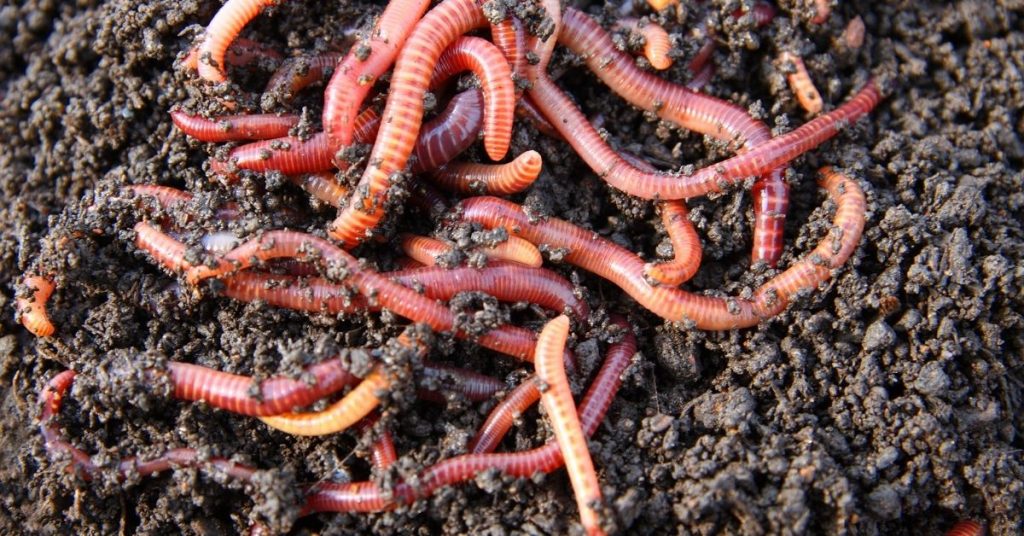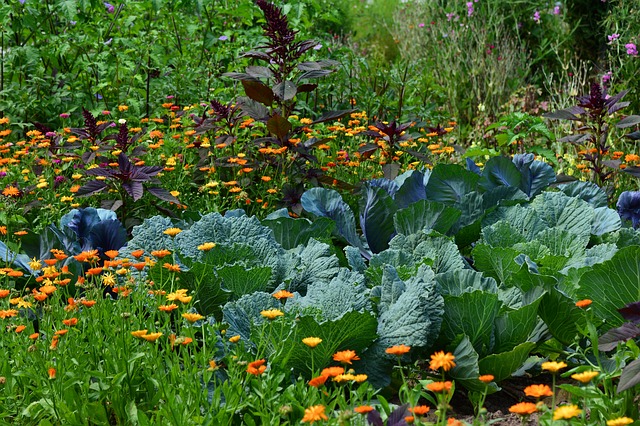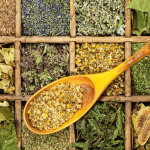What is hugelkultur?
Hugelkultur, or Hügelkultur, is a term derived from German, encapsulating an age-old European gardening system that seeks to replicate the natural processes observed in forest ecosystems. This sustainable practice has its roots in traditional farming and gardening techniques, offering a unique approach to cultivating plants that is both eco-friendly and efficient.
There are numerous advantages to implementing hugelkultur in your garden, and these benefits can vary depending on your local conditions. Here, we’ll outline some of the general advantages, providing a broad overview of what hugelkultur can offer. In future posts, we’ll delve deeper into each of these benefits, exploring them in detail to give you a comprehensive understanding of this remarkable gardening practice.
- Improved Soil Fertility: Hugelkultur enhances soil fertility by mimicking the natural decomposition process found in forests. As organic materials break down, they enrich the soil with essential nutrients, promoting healthier plant growth.
- Efficient Water Retention: The layered structure of a hugelkultur bed helps retain moisture, reducing the need for frequent watering and making it a great option for areas with less rainfall.
- Extended Growing Season: The decomposition process within a hugelkultur mound generates heat, which can help extend the growing season by keeping the soil warmer for longer.
- Recycling of Organic Waste: Hugelkultur provides an excellent way to recycle organic waste, turning it into a productive garden bed.
- Promotion of Biodiversity: The varied environment within a hugelkultur bed can support a diverse range of microorganisms, insects, and plants, promoting a balanced and healthy ecosystem.
Stay tuned for our upcoming posts where we’ll delve into each of these benefits in detail, providing practical tips and insights on how to make the most of hugelkultur in your own garden.

The Origins of Hugelkultur
Hugelkultur, a term derived from German that translates to “hill culture” or “hill mound,” is a practice with deep roots in history. Originating in Germany and Eastern Europe, this centuries-old technique was traditionally used to create fertile, self-irrigating garden beds.
The concept of hugelkultur was brought into the limelight in the permaculture community by an Austrian farmer named Sepp Holzer in the late 20th century. Holzer applied hugelkultur on a large scale on his farm in the Austrian mountains, demonstrating its effectiveness for growing food in even the harshest conditions.
The practice involves the piling of organic materials—logs, branches, leaves, grass clippings, straw, cardboard, compost, and other biomass waste—into a mound or raised bed. Over time, these materials decompose, creating a nutrient-rich environment that is ideal for plant growth.
Hugelkultur mimics the natural process of decomposition that occurs in forests, where fallen trees and other organic matter decompose and enrich the soil over time. This makes it a form of “mimicry permaculture,” a design system that seeks to replicate the patterns and features observed in natural ecosystems.
While hugelkultur has historical roots in Germany and Eastern Europe, similar practices have been used in various forms around the world, as part of traditional sustainable farming and gardening practices.
Moisture control
The branches and logs used in a hugelkultur bed serve a crucial function as a natural sponge. As they decompose over time, their water-retention capacity improves significantly. In the initial year, you might need to water your hugelkultur bed occasionally, but as the organic materials break down further, watering may only be necessary during the driest periods.
Incorporating plants that act as ground cover, such as squash, oregano, or potatoes, can enhance the moisture retention of your hugelkultur mound. These plants create a protective layer that helps to conserve water, further reducing the need for frequent watering.
Mulching is another essential component of a successful hugelkultur bed. In addition to suppressing weed growth, mulch contributes to soil health as it decomposes, releasing nutrients that enrich the soil. Moreover, mulch plays a key role in moisture conservation, helping to maintain the optimal hydration of your hugelkultur bed.
In essence, hugelkultur is a dynamic, self-sustaining system that mimics nature’s approach to soil fertility and plant health. By understanding and implementing these principles, you can create a thriving garden that requires minimal watering and maintenance.
Materials for Your Hugelkultur Bed
When constructing your hugelkultur bed, it’s beneficial to utilize resources readily available to you. This aligns with the principles of sustainability and waste reduction, minimizing the need for transport and making the most of what you already have. However, it’s crucial to avoid using treated wood, as it can release toxins that you don’t want in your food source. Cedar and redwood should also be avoided unless you’re creating a wooden frame that’s intended to resist decomposition.
Here’s a list of materials you can use in your hugelkultur bed:
- Logs and branches
- Old, untreated building material
- Grass clippings
- Leaves
- Kitchen scraps
- Half-composted material
- Seaweed
- Newspapers
- Cardboard
- Straw
- Manure (to boost the nitrogen content of the soil)
- Many of these materials are readily available and can be collected without cost.
In addition, consider adding some manure to your hugelkultur bed to boost the nitrogen content of the soil. As the wood in your hugelkultur bed decomposes, it will slowly release nitrogen into the soil. You can also plant nitrogen-fixing plants and trees to further enhance the nitrogen content if needed.
Recycling plant debris on your property is not only beneficial for your garden and your wallet, but it’s also good for the environment. By reusing organic waste in your hugelkultur bed, you’re contributing to a more sustainable and eco-friendly gardening practice.
Choosing the Right Wood for Your Hugelkultur Bed
The type of wood you select for your hugelkultur bed plays a pivotal role in its overall effectiveness. In the mini-review “Hugelkultur Design Benefits and Drawbacks” by Kalyani Shrestha, Rakshya Poudel, and Sagar Koirala, the suitability of different wood types is analyzed. They note that softwoods, like pine, decompose more rapidly, enriching the soil quickly, whereas hardwoods decompose at a slower rate, providing sustained nutrient release. This information is particularly beneficial for gardeners in USDA Zone 7 and Scandinavian climates, enabling them to create a more productive and sustainable hugelkultur bed.
For detailed insights on wood selection, refer to the full review by Shrestha, Poudel, and Koirala here.
Growing the soil
Many properties often have soil that is of poor quality or simply too thin for effective gardening. This challenge is what initially led me to discover the benefits of hugelkultur. While purchasing additional soil is an option, it’s not the most sustainable or cost-effective solution, and I suspect you might feel the same way.
The decomposition process within a hugelkultur bed creates a haven for microbes and bacteria. These tiny organisms thrive in the nutrient-rich environment, breaking down the organic matter and transforming it into a form that’s readily accessible for plants. This process is a key component of the philosophy behind hugelkultur and sustainable agriculture more broadly: the focus is on nurturing and feeding the soil, rather than just the plants. This stands in contrast to commercial agriculture, which often prioritizes short-term plant growth over long-term soil health.
By adopting the principles of hugelkultur, you’re not just improving the quality of your garden in the short term. You’re also contributing to the long-term health and fertility of your soil, promoting a more sustainable and productive garden for years to come.

Improve drainage
In some areas there is a lot of rain and building the mound above ground can help get a good drainage, but at the same time preserve moisture to the plants. The rotting timber functions as a sponge and release moisture to the plants over time.
If your soil contains a lot of clay, then this will be a very good way to drastically improve your soil. I would make sure that the mound had a good height so the roots of the plants will not be much below the ground level as clay easily can make it so that the wood will at time be very soaked. Here your experiences and observations are crucial, or they’ll easily turn into a learning experience..
Extend growing season
In regions with high rainfall, constructing a hugelkultur mound above ground can provide excellent drainage while simultaneously preserving moisture for the plants. The decomposing timber within the mound functions like a sponge, absorbing water and then gradually releasing it to the plants over time.
For those dealing with clay-heavy soil, hugelkultur can be a game-changer. This method can drastically improve the quality of your soil, promoting better drainage and fertility. If you’re working with clay soil, it’s advisable to build your hugelkultur mound with a significant height. This ensures that the plant roots are not too far below ground level, as clay soil can cause the wood in your mound to become overly saturated.
Remember, your observations and experiences are key in this process. Every garden is unique, and what works best for one might not work as well for another. Don’t be afraid to experiment and learn from your experiences. After all, every challenge is an opportunity for learning and growth in the world of gardening.
Suggested reading
Curious about other sustainable soil improvement techniques? Discover the transformative power of Terra Preta, an ancient Amazonian method for enhancing soil fertility. Learn how to create your own Terra Preta in our comprehensive guide.




